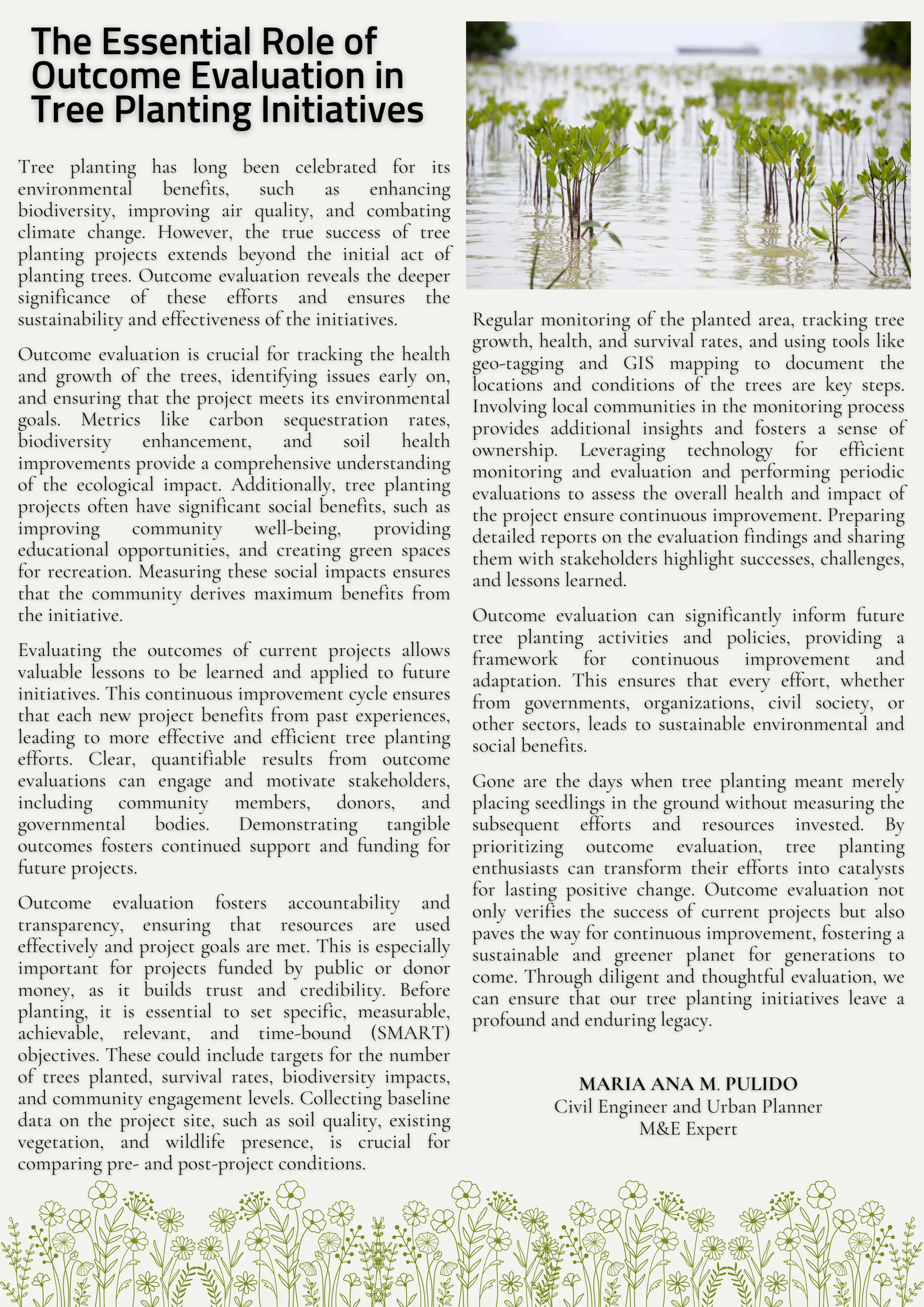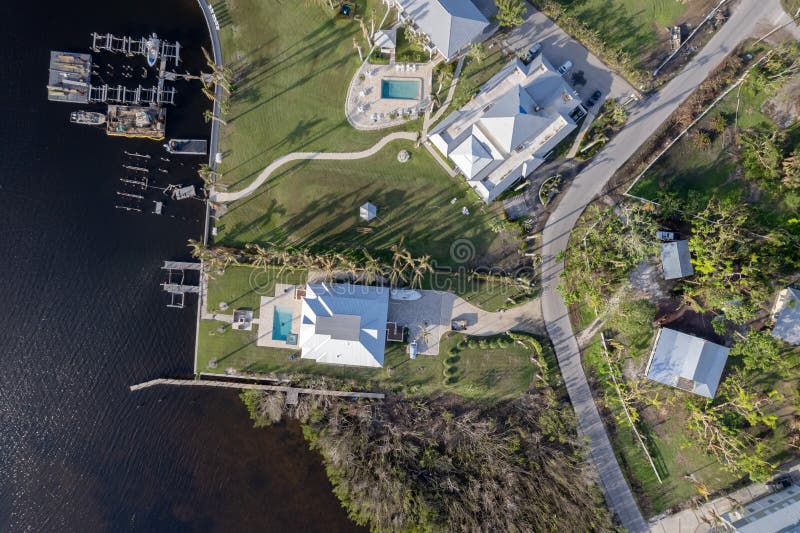Boosting Scotland's Marine Life: A Look At Seagrass Planting Initiatives

Table of Contents
The Ecological Importance of Seagrass in Scotland's Waters
Seagrass meadows are incredibly valuable ecosystems, acting as biodiversity hotspots and vital carbon sinks. Their restoration is paramount to the health of Scotland's marine environment.
Biodiversity Hotspots
Scottish seagrass beds are teeming with life, providing critical habitat for a wide array of species. These underwater meadows serve as nurseries, feeding grounds, and refuge for numerous organisms.
- Fish: Numerous commercially important fish species, including cod, plaice, and seabass, rely on seagrass for spawning and juvenile development.
- Invertebrates: A vast array of invertebrates, such as shrimps, crabs, and sea urchins, find food and shelter within the seagrass leaves and rhizomes. These invertebrates, in turn, support larger predators in the food web.
- Seabirds: Seabirds depend on the abundant fish and invertebrates found in and around seagrass meadows for sustenance. Species like oystercatchers and redshanks regularly forage in these areas.
Seagrass's role as a nursery habitat is particularly crucial. The dense vegetation provides protection from predators and strong currents, allowing young fish and invertebrates to thrive and grow before venturing into the open water. This contributes significantly to the overall health and resilience of the marine ecosystem.
Carbon Sequestration and Climate Change Mitigation
Seagrass is exceptionally effective at capturing and storing atmospheric carbon dioxide (CO2), acting as a potent "blue carbon" ecosystem. In fact, seagrass meadows can sequester carbon at a rate up to 35 times faster than tropical rainforests. This carbon storage helps mitigate climate change and improve water quality.
- Carbon Capture: Seagrass absorbs CO2 through photosynthesis, storing it within its tissues and sediments.
- Improved Water Quality: Seagrass beds filter pollutants from the water column, improving water clarity and oxygen levels. This creates a healthier environment for all marine life.
The contribution of seagrass to combating climate change and enhancing water quality cannot be overstated, making its restoration a crucial aspect of environmental stewardship.
Current Seagrass Planting Initiatives in Scotland
Numerous organizations are actively engaged in restoring Scotland's seagrass meadows through dedicated planting initiatives. These projects use various methods and techniques to achieve successful re-establishment.
Overview of Projects
Several organizations are leading the charge in seagrass restoration in Scotland. These include:
- Scottish Government: Various government agencies support research and restoration projects. [Link to relevant government website]
- Marine Conservation Society (MCS): The MCS plays a significant role in raising awareness and supporting restoration efforts. [Link to MCS website]
- University Research Groups: Numerous university research groups conduct crucial research and actively participate in planting initiatives. [Link to relevant university websites]
These projects are located in various areas throughout Scotland, including:
- Loch Hourn
- The Firth of Clyde
- The Solway Firth
Methods and Techniques
Several methods are employed for seagrass planting:
- Seed Collection: Collecting seeds from existing healthy meadows and sowing them in suitable areas.
- Seedling Cultivation: Growing seedlings in nurseries before transplanting them into restoration sites.
- Transplantation: Transplanting plugs or sections of existing seagrass meadows to new locations.
Technological advancements, such as drone surveys for mapping seagrass beds and underwater robots for planting, are improving the efficiency and accuracy of restoration efforts.
Challenges and Future Directions for Seagrass Restoration in Scotland
Despite the significant progress, several challenges hinder seagrass restoration efforts. Addressing these issues is crucial for the long-term success of these projects.
Threats to Seagrass Meadows
Seagrass meadows face numerous threats, including:
- Pollution: Nutrient runoff from agriculture and sewage discharge can cause eutrophication, leading to algal blooms that smother seagrass.
- Dredging: Dredging activities for navigation and construction damage seagrass beds directly.
- Boat Anchoring: Boat anchors can uproot seagrass plants, causing significant damage to the meadow.
- Climate Change: Rising sea temperatures and ocean acidification further stress seagrass and reduce its resilience.
These threats highlight the need for integrated coastal zone management strategies to protect existing meadows and support restoration efforts.
Strategies for Long-Term Success
Ensuring the long-term success of seagrass restoration requires a multifaceted approach:
- Monitoring: Regular monitoring of planted meadows is essential to assess their growth, survival, and overall health.
- Community Engagement: Involving local communities in restoration efforts fosters a sense of ownership and promotes long-term stewardship.
- Policy Changes: Effective policies are needed to regulate activities that threaten seagrass meadows, such as dredging and pollution.
- Public Awareness: Educating the public about the importance of seagrass and the threats it faces is critical for garnering support for conservation initiatives.
- Funding & Research: Securing funding and fostering research collaborations are crucial for advancing seagrass restoration techniques and expanding the scale of restoration projects.
Conclusion
Seagrass planting in Scotland is an essential initiative for boosting our nation's marine life. These underwater meadows are biodiversity hotspots, crucial for carbon sequestration and coastal protection. By understanding the ecological importance of seagrass, supporting ongoing restoration projects, and addressing the challenges that threaten these vital ecosystems, we can work towards a healthier and more resilient marine environment for generations to come. We urge you to learn more about seagrass and get involved! Consider volunteering with local conservation groups, donating to support seagrass restoration projects, or educating others about the importance of seagrass conservation Scotland. You can find volunteer opportunities, donation pages, and educational materials by searching for "seagrass restoration Scotland" or "supporting seagrass initiatives in Scotland" online. Let's work together to protect these vital underwater habitats.

Featured Posts
-
 Ufc 313 Fight Night Predictions And Betting Odds
May 05, 2025
Ufc 313 Fight Night Predictions And Betting Odds
May 05, 2025 -
 Barkleys Bold Playoff Predictions Oilers And Leafs In The Spotlight
May 05, 2025
Barkleys Bold Playoff Predictions Oilers And Leafs In The Spotlight
May 05, 2025 -
 Mayottes History French Rule And Its Consequences
May 05, 2025
Mayottes History French Rule And Its Consequences
May 05, 2025 -
 Corinthians E Fred Luz Bastidores Do Rompimento Da Parceria Empresarial
May 05, 2025
Corinthians E Fred Luz Bastidores Do Rompimento Da Parceria Empresarial
May 05, 2025 -
 Ajagba Vows To Dominate Bakole
May 05, 2025
Ajagba Vows To Dominate Bakole
May 05, 2025
